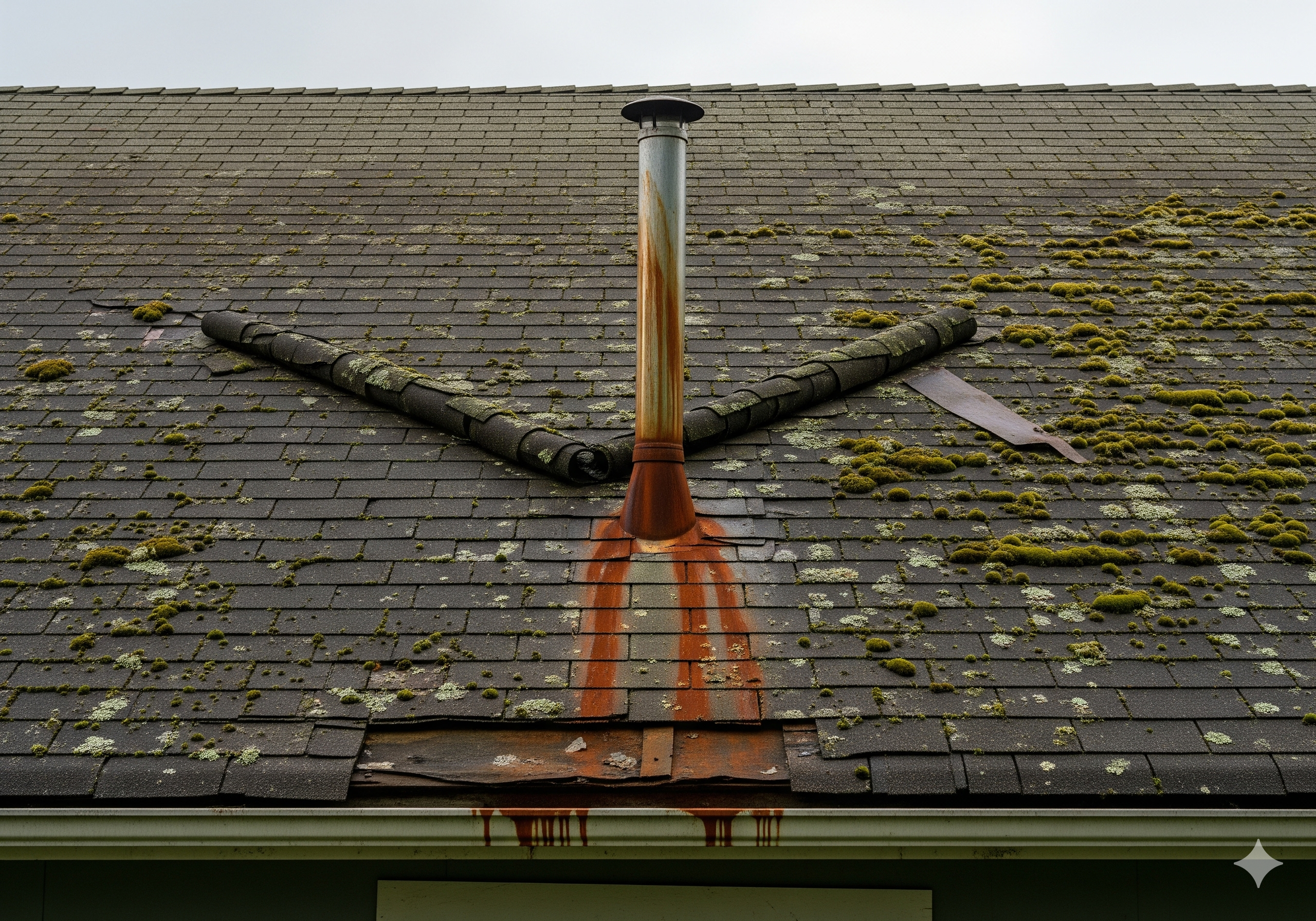Understanding how long a roof lasts helps homeowners plan for maintenance and replacement costs. Several key factors determine your roof’s lifespan and performance over time. These include material quality, installation methods, climate conditions, and maintenance habits. Dependable roofing contractors consider all these elements when assessing roof durability. This guide covers the main factors that affect how long your roof will serve your home.
Roofing Material Quality
How long a roof lasts depends heavily on material quality. Asphalt shingles typically last 15-25 years with proper care. Metal roofing can protect your home for 40-70 years and resists fire, insects, and rot. Clay tiles offer classic beauty and last 50-100 years with minimal upkeep. Slate provides the longest lifespan, often lasting over 100 years. Higher-quality materials cost more upfront but save money over time through better durability and fewer repairs.
Proper Installation Techniques
Correct installation directly affects the lifespan and performance of the roof. Each shingle, tile, or panel must be placed and secured according to manufacturer guidelines. Poor installation leads to early roof failure, leaks, and structural problems. Proper fasteners, adhesives, and underlayment materials are necessary for long-lasting results. Good ventilation and drainage systems must be installed to prevent moisture damage and extend roof life.
Climate and Weather Conditions
Weather patterns significantly impact roof durability and maintenance needs. Extreme heat makes asphalt shingles deteriorate faster, while cold temperatures cause brittleness and cracking. High humidity promotes mold, algae, and wood rot that weakens the roof structure. Heavy rain or snow accelerates wear, especially without proper drainage systems. Strong winds can lift shingles and allow water infiltration, while hailstorms cause immediate damage requiring prompt repairs.
Regular Roof Maintenance
Routine maintenance extends roof life and prevents costly repairs. Regular inspections catch small problems before they become expensive damage. Clean gutters and remove debris to prevent water pooling and leaks. Trim overhanging branches that can damage shingles during storms. Check for loose or damaged shingles and repair them quickly. Seal around vents and chimneys to prevent water entry. Proactive maintenance protects your investment and keeps your roof functioning properly.
Ventilation and Insulation
Proper airflow and insulation are key to roof longevity. Good ventilation controls temperature and moisture levels, preventing mold growth and premature wear and tear. Poor ventilation causes heat buildup, which accelerates the deterioration of shingles. Adequate insulation maintains consistent indoor temperatures and reduces energy costs. It also prevents ice dams in cold climates by reducing heat transfer to the roof. Clear soffit vents and consider ridge vents for better air circulation.
External Factors Impacting Roof Longevity
Environmental elements beyond weather affect roof lifespan. Harsh sunlight causes shingle deterioration and color fading over time. Nearby trees drop branches and leaves that clog gutters and trap moisture. Air pollution and salt from coastal areas can accelerate material breakdown. Foot traffic from maintenance work or satellite installations can damage roofing materials. Understanding these factors helps homeowners protect their roofs through regular inspections, timely repairs, and preventive measures.
Related Topics:

